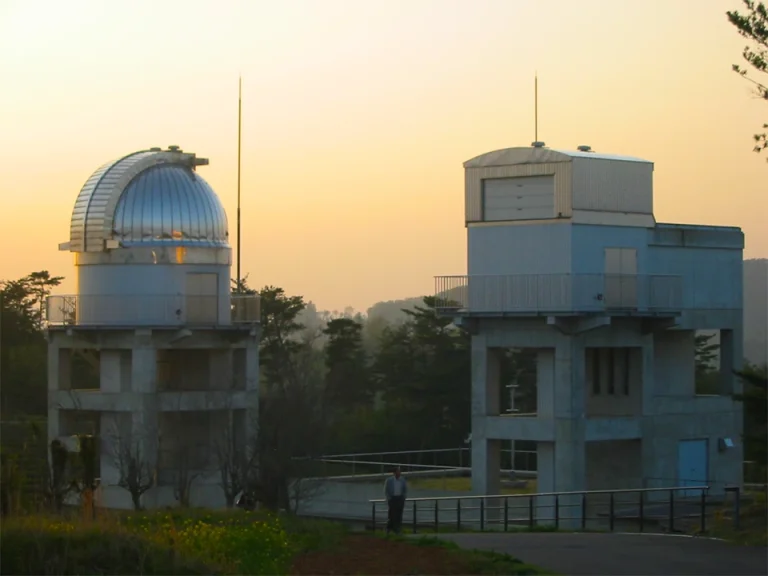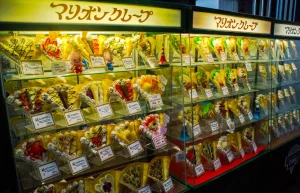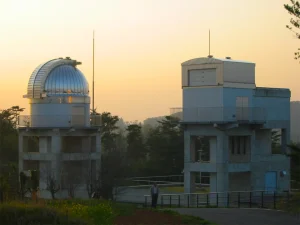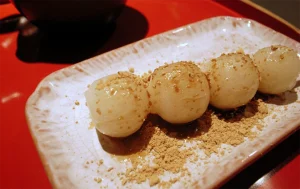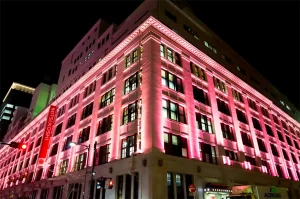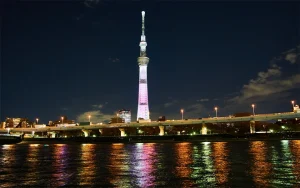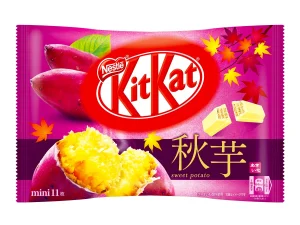Japan is a country rich in both natural beauty and cultural wonders. Beyond the bustling cities and historic landmarks, there’s a quieter side to Japan, perfect for those seeking a moment of peace and reflection under the stars. Whether you’re an experienced astronomer or simply want to experience the magic of a clear night sky, Japan offers some of the best stargazing spots in the world.
From remote islands to national parks with minimal light pollution, Japan’s stargazing destinations provide breathtaking views of the stars, constellations, and even the Milky Way. Here’s a guide to the top places to stargaze across Japan, ensuring an unforgettable celestial experience.
Table of Contents
Toggle1. Kozushima Island (Tokyo Metropolis)
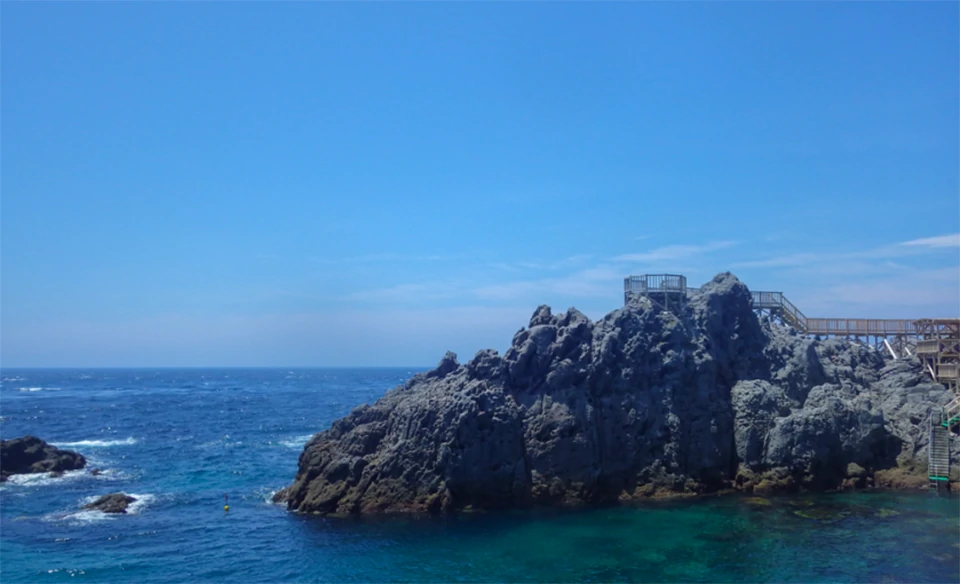
While Tokyo is famous for its neon lights and fast-paced urban life, Kozushima Island offers an escape for stargazers. Located around 180 km south of Tokyo, this island is part of the Izu Archipelago and is one of the best stargazing spots close to the capital. The island boasts several viewing points, including the Tenjo Observatory, where visitors can enjoy clear views of the night sky, uninterrupted by the city’s light pollution.
Thanks to its location and minimal artificial lighting, Kozushima offers stargazers a chance to see stars they wouldn’t normally witness in the city. The island also organizes seasonal stargazing tours, making it a popular destination for both locals and tourists. On clear nights, you can spot major constellations, planets, and even the Andromeda galaxy.
Why Kozushima Stands Out:
- Proximity to Tokyo: Just a short ferry ride away, it’s an ideal getaway for those based in the city.
- Clear Night Skies: The lack of light pollution ensures an optimal viewing experience.
- Observatories and Tours: You can take part in guided stargazing sessions.
2. Bisei Town (Okayama Prefecture)
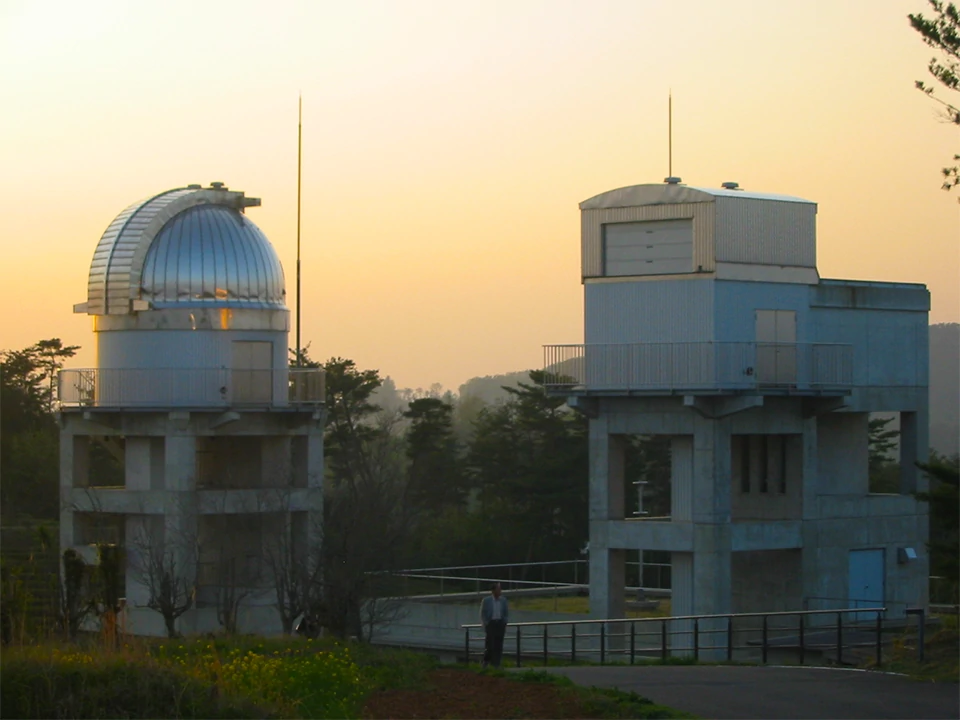
Bisei Town, located in Okayama Prefecture, translates to “Beautiful Star Village,” and it lives up to its name. Known for its exceptionally clear skies, this town has embraced its stargazing culture, offering designated areas for sky observation. Bisei Astronomical Observatory is a key highlight, where visitors can observe stars through powerful telescopes and learn more about the constellations.
One of the unique aspects of Bisei is the town’s commitment to preserving its stargazing environment. Streetlights are designed to minimize light pollution, ensuring the night sky remains as visible as possible. This makes Bisei an ideal destination for those who want to experience stargazing in a town that takes the night sky seriously.
Why Bisei Stands Out:
- Astronomical Heritage: Bisei is known for its dedication to stargazing and astronomical observation.
- Perfect Viewing Conditions: Low levels of light pollution allow for breathtaking views of the Milky Way and other celestial phenomena.
- Telescope Access: Visitors can access powerful telescopes to enhance their experience.
3. Iriomote Ishigaki National Park (Okinawa Prefecture)
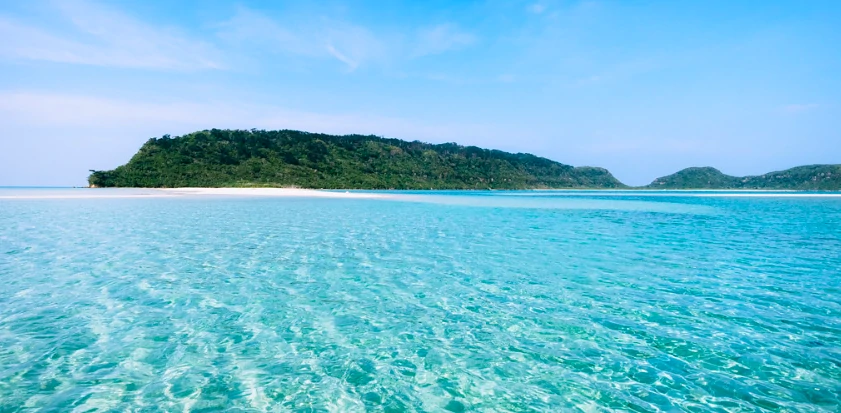
If you’re seeking one of the most remote and unspoiled stargazing experiences in Japan, look no further than Iriomote Ishigaki National Park in Okinawa Prefecture. This national park is located in the southernmost part of Japan and offers some of the clearest night skies in the entire country. The absence of major cities nearby ensures that light pollution is almost non-existent, making it a prime location for stargazing.
Ishigaki Island, which forms part of this national park, was designated as Japan’s first-ever International Dark Sky Place by the International Dark-Sky Association. This recognition solidifies Ishigaki’s reputation as a world-class stargazing destination. Here, you can witness stunning views of the Milky Way, shooting stars, and countless constellations.
Why Iriomote Ishigaki Stands Out:
- Remote Location: The lack of light pollution ensures a truly immersive stargazing experience.
- International Recognition: Designated as an International Dark Sky Place, Ishigaki offers one of the best stargazing spots in the world.
- Breathtaking Views: Expect to see the Milky Way in all its glory, along with other celestial wonders.
4. Mt. Fuji (Yamanashi Prefecture)
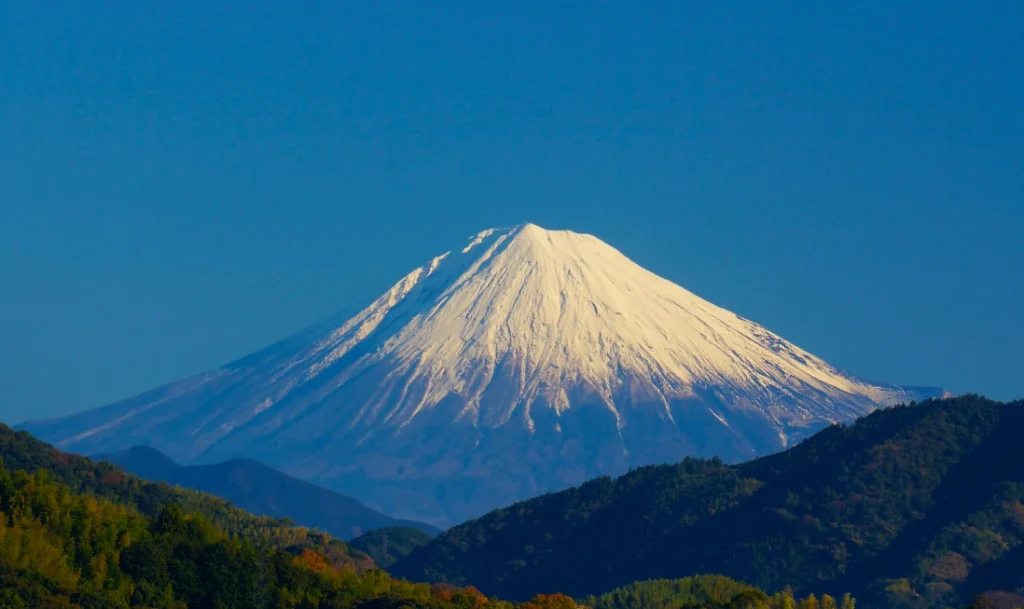
Mt. Fuji is one of Japan’s most iconic landmarks, but it’s not just a sight to behold during the day. The area surrounding Mt. Fuji offers stunning views of the night sky, especially from the 5th Station, which is located at an elevation of about 2,300 meters. The higher altitude means the air is thinner and clearer, providing optimal conditions for stargazing.
During the off-season, when there are fewer climbers, the night skies around Mt. Fuji become even more serene, allowing stargazers to see constellations, planets, and even the occasional meteor shower. The Fuji Five Lakes region also offers great vantage points for those who want to combine their stargazing experience with a view of Japan’s tallest mountain.
Why Mt. Fuji Stands Out:
- High Altitude: The thin air at higher elevations provides clearer views of the night sky.
- Serenity: During the off-season, the area becomes a peaceful haven for stargazers.
- Scenic Views: You can combine stargazing with the iconic view of Mt. Fuji itself.
When gazing at Japan’s enchanting night skies, why not enjoy some delicious Japanese snacks delivered straight to your door with Joybox? Our carefully curated selection of snacks will elevate your stargazing adventure, adding a taste of Japan to your evening.
5. Tottori Sand Dunes (Tottori Prefecture)
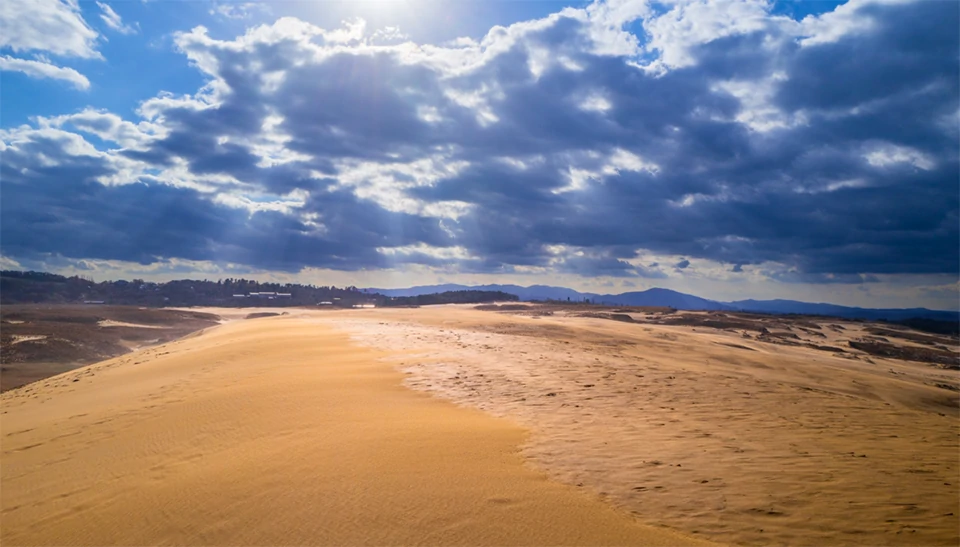
The Tottori Sand Dunes, located along the coast of the Sea of Japan, offer a unique setting for stargazing. This desert-like landscape provides a flat, open space with minimal light pollution, making it an excellent location for viewing the stars. The dunes are famous for their sprawling beauty during the day, but at night, they transform into a quiet, serene spot to witness the brilliance of the night sky.
During the summer, the Tottori Sand Dunes also host a special “Sand Dunes Night Tour,” which combines a guided stargazing experience with a walk through the dunes. The lack of urban light interference and the vast open space make this location a favorite for both locals and tourists looking to experience a more unconventional stargazing setting.
Why Tottori Stands Out:
- Unique Landscape: The desert-like environment provides a special backdrop for stargazing.
- Night Tours: Guided tours offer an educational and immersive experience.
- Minimal Light Pollution: The remote location ensures an optimal view of the stars.
If you’re planning a trip to one of Japan’s stunning stargazing locations, why not bring a little taste of Japan with you? Joybox delivers a curated selection of Japanese snacks right to your doorstep, offering the perfect treats to enjoy under the stars. From sweet mochi to savory senbei, Joybox ensures you have a delightful culinary experience wherever you go.
With each Joybox delivery, you’ll receive a variety of traditional and modern Japanese snacks that will elevate your stargazing adventure. Imagine sitting under the clear night sky with a delicious pack of matcha-flavored KitKat or indulging in crispy rice crackers while watching shooting stars.
6. Nikko National Park (Tochigi Prefecture)
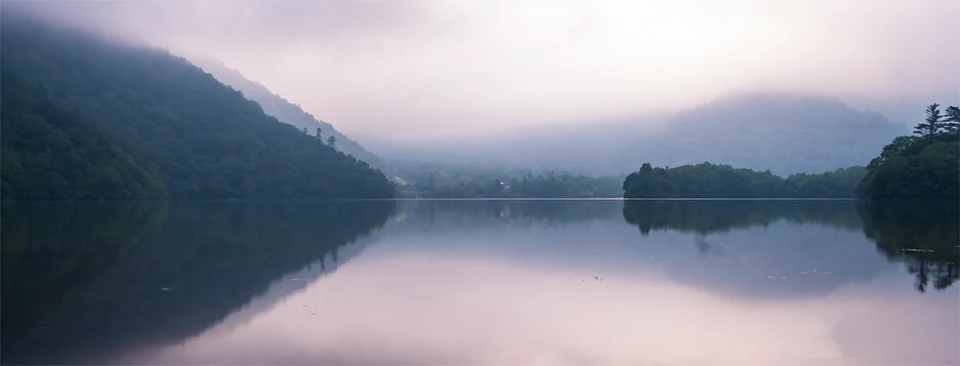
Nikko National Park, home to stunning waterfalls, ancient temples, and lush forests, also provides excellent conditions for stargazing. Its elevation and distance from major cities make it an ideal spot to see the stars, especially from areas like Lake Chuzenji. Visitors can hike to higher altitudes within the park for even clearer views of the night sky.
In addition to stargazing, Nikko National Park offers a range of outdoor activities, including hiking and hot spring bathing, making it a perfect destination for those who want to combine nature with celestial exploration.
Why Nikko Stands Out:
- Elevated Viewing Spots: Hike up to higher altitudes for optimal stargazing conditions.
- Multi-Activity Destination: Enjoy stargazing alongside other outdoor activities.
- Serene Environment: The park’s natural beauty enhances the stargazing experience.
Experience the best of Japan’s snack culture and the beauty of the Japan night sky with Joybox. Whether you’re enjoying a quiet evening in the mountains or relaxing by the beach, these treats will make your stargazing night truly unforgettable. Subscribe today and let Joybox deliver your Japanese adventure!
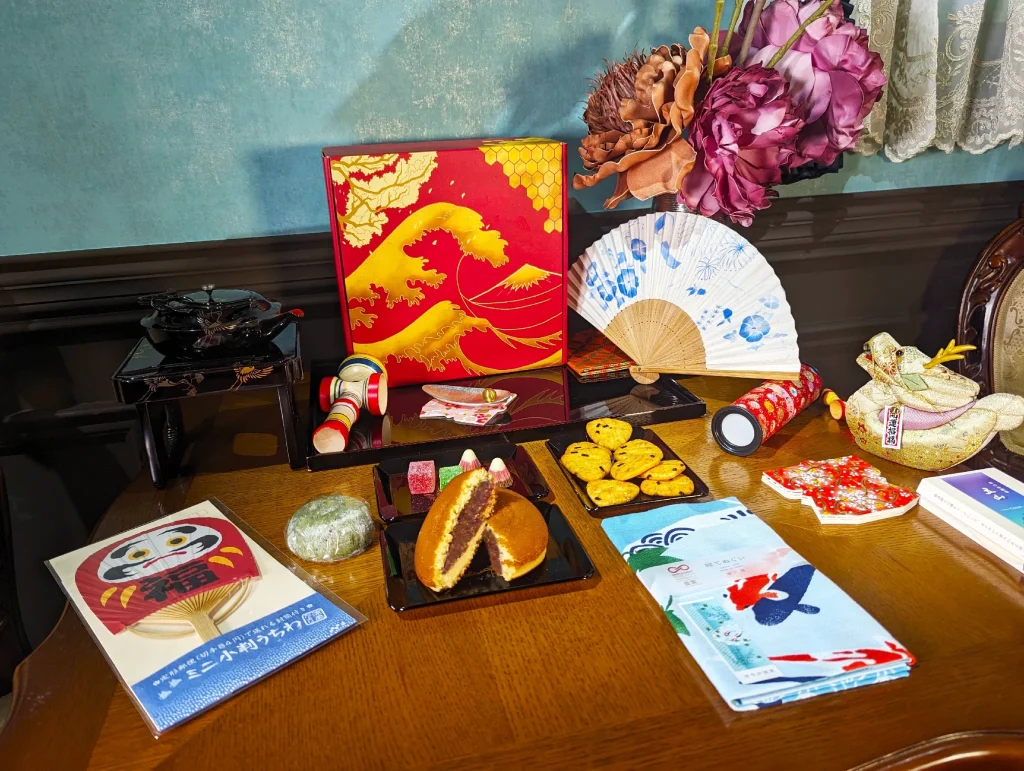
Stargazing in Japan FAQ
Can you stargaze in Japan?
Yes, Japan offers fantastic stargazing locations, especially in remote areas like Iriomote Ishigaki National Park and Bisei Town, which have minimal light pollution.
Where in Japan can you see the Milky Way?
The Milky Way is best viewed in places like Ishigaki Island in Okinawa and Kozushima Island, thanks to clear skies and low light pollution.
Which location is the best for stargazing?
Iriomote Ishigaki National Park in Okinawa is considered one of the best places due to its recognition as an International Dark Sky Place.
Where is the best place to stargaze in Tokyo?
Kozushima Island, part of the Tokyo Metropolis, offers a fantastic stargazing escape from the city with clear skies.
Where are the bright lights in Tokyo?
Shibuya and Shinjuku are known for their vibrant neon lights and bustling cityscapes.
Where is the most scenic place in Japan?
Kyoto’s Arashiyama Bamboo Grove, Mt. Fuji, and the coastal cliffs of Tojinbo are among Japan’s most scenic locations.
Can you see the stars from Tokyo?
It’s difficult due to light pollution, but you can escape to areas like Mt. Takao or Kozushima Island for better stargazing.
Can you see Aurora in Japan?
No, the aurora is not visible in Japan. It is typically seen in northern regions like Scandinavia and Alaska.
Can you see shooting stars in Japan?
Yes, during meteor showers like the Geminids or Perseids, shooting stars are visible in remote areas across Japan.
Can I see Fuji from Tokyo?
On clear days, Mt. Fuji is visible from Tokyo, especially from high vantage points like Tokyo Skytree or Roppongi Hills.
What hour is best for stargazing?
The best time for stargazing is after midnight when the skies are darkest and fewer disturbances from lights or the moon.
What are the best months for stargazing?
The best months for stargazing are between late autumn and early spring (November to March) when the air is crisp and clear.
What time should you start stargazing?
It’s ideal to start after sunset, but the best visibility is usually after 10 PM or midnight.
What is the famous Japanese observatory?
The Subaru Telescope on Mauna Kea in Hawaii, operated by Japan, is world-renowned, but Bisei Astronomical Observatory is well-known within Japan.
Can you see stars in Osaka?
Stars can be seen from less-polluted areas near Osaka, such as Mt. Kongo or nearby parks, though light pollution in the city makes it challenging.
Where is the best place to see the moon in Japan?
Kyoto’s Kiyomizu Temple or Himeji Castle provide stunning moonlit views, especially during full moon festivals.
Experience Stargazing under a Japanese Night Sky!
Japan’s diverse landscapes provide a range of stargazing opportunities, from remote islands to iconic mountains. Whether you choose to stargaze from the shores of Okinawa or the peak of Mt. Fuji, the country’s minimal light pollution and breathtaking vistas will offer a celestial experience unlike any other. Pack your telescope, grab a blanket, and prepare to be dazzled by the night sky in Japan.

